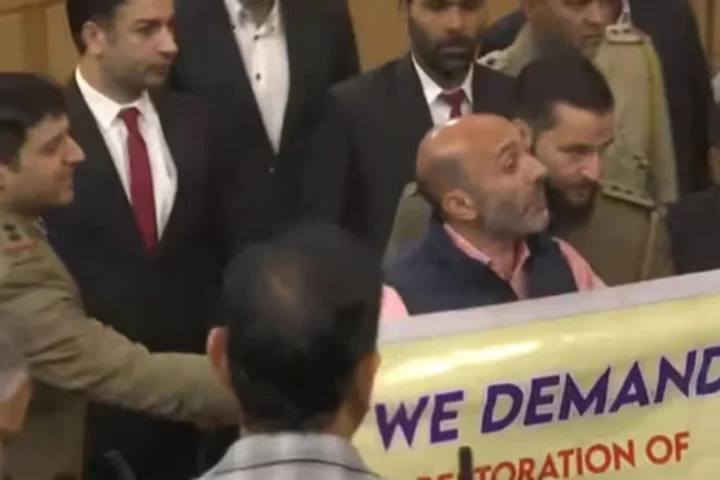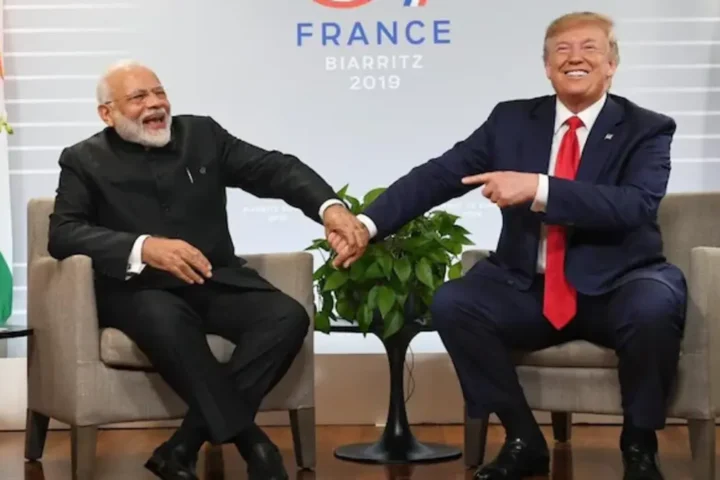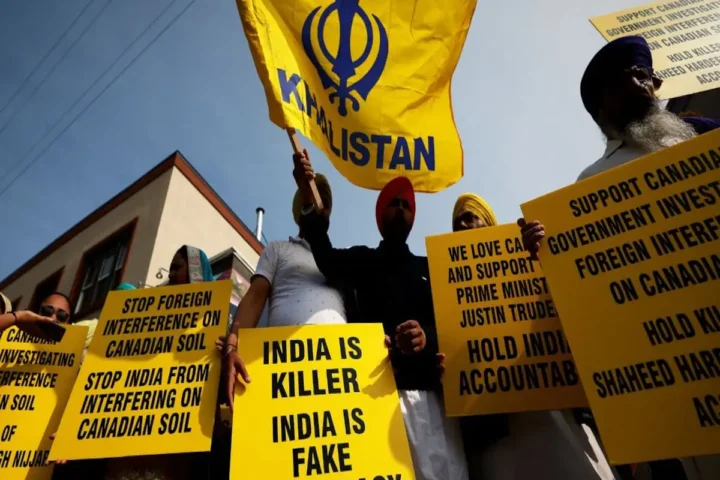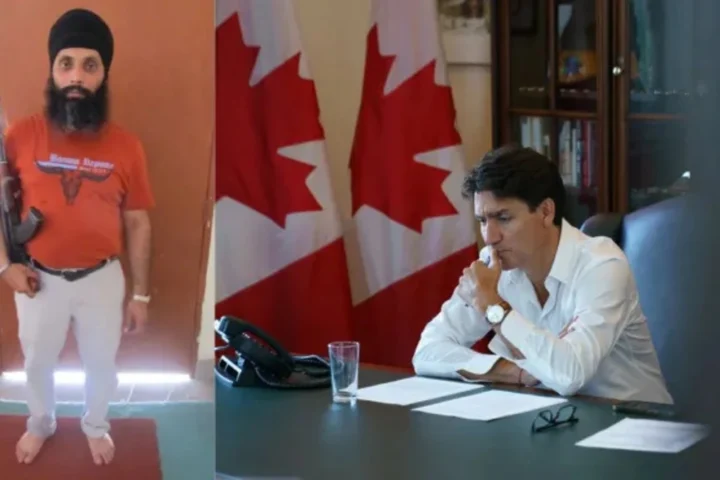PM delivered its inaugural speech at the 4th India Energy Forum CERAWeek via a video call. The subject of this topic is “India’s Energy Future in a World of Change.”
Addressing the gathering, the Prime Minister said that India is full of energy and that its energy future is bright and stable. He argued that despite numerous challenges such as a decline in energy demand by almost one-third, prevalent market volatility, impacted investment decisions, a predicted reduction in global energy demand over the next few years, India is predicted to emerge as a leading energy user and is projected to nearly double its energy consumption over the long term.
The Prime Minister stated that India is the third-largest and fastest-growing aviation market in domestic aviation and that Indian carriers are expected to raise their fleet size from 600 to 1200 by 2024.
He said that India believes that access to electricity must be accessible and secure. This is where socio-economic transformations will take place. He said that the energy market empowers people and further “Ease of Living” and he highlighted the government’s measures to do this. He said that these programmes benefited rural communities, the middle class and women in particular.
The Prime Minister said India’s Energy Strategy seeks to achieve energy justice while completely complying with India’s global commitments to sustainable development. This suggests that more investment is needed to better the lives of Indians with a lower carbon footprint. He imagined India’s energy market to be growth-centric, industry-friendly, and environmental-conscious. He said that is why India is one of the most active nations in the promotion of green energy sources.
India’s Energy Map will be powered by seven primary change points, Prime Minister Narendra Modi said Monday at the opening address of India’s Energy Week.
The seven main drivers, as per the Prime Minister, are: “Accelerating our efforts to transition towards a gas-based economy, Cleaner use of fossil fuels, in particular oil and coal, Greater reliance on domestic sources to push biofuels, Achieving the renewables goal of 450 GW by 2030, Increasing the contribution of electricity to decarbonising mobility, Switching to emerging fuels, including hydraulics
The Prime Minister said that while India’s carbon footprint is considerably smaller than the rest of the developed world, attempts to tackle climate change will continue.
Courtesy: PIB[/vc_column_text][/vc_column][/vc_row]







